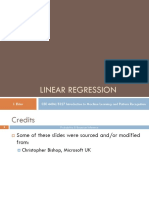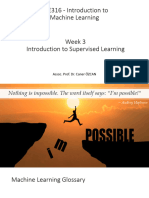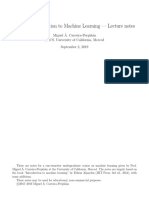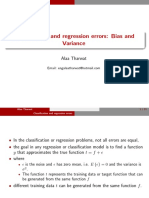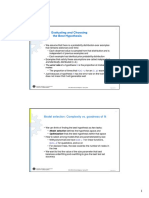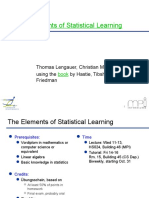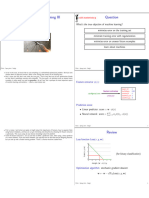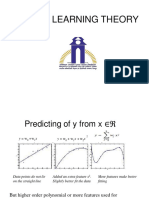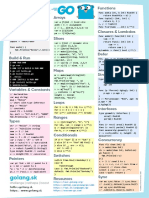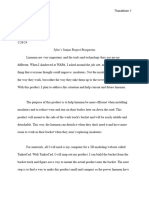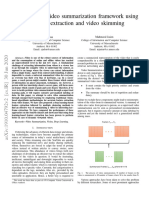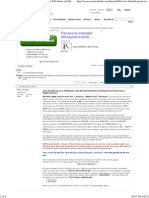0% found this document useful (0 votes)
20 views37 pages01-Linear Regression-Part 2
The document discusses generalization in machine learning, focusing on the ability of models to perform well on unseen data and the concepts of training and test errors. It explains overfitting and underfitting, the bias-variance tradeoff, and the importance of regularization to prevent overfitting. Additionally, it introduces probabilistic regression and maximum likelihood estimation as methods for modeling relationships between inputs and outputs with uncertainty.
Uploaded by
saeedalamdar1380.irCopyright
© © All Rights Reserved
We take content rights seriously. If you suspect this is your content, claim it here.
Available Formats
Download as PDF, TXT or read online on Scribd
0% found this document useful (0 votes)
20 views37 pages01-Linear Regression-Part 2
The document discusses generalization in machine learning, focusing on the ability of models to perform well on unseen data and the concepts of training and test errors. It explains overfitting and underfitting, the bias-variance tradeoff, and the importance of regularization to prevent overfitting. Additionally, it introduces probabilistic regression and maximum likelihood estimation as methods for modeling relationships between inputs and outputs with uncertainty.
Uploaded by
saeedalamdar1380.irCopyright
© © All Rights Reserved
We take content rights seriously. If you suspect this is your content, claim it here.
Available Formats
Download as PDF, TXT or read online on Scribd
/ 37














